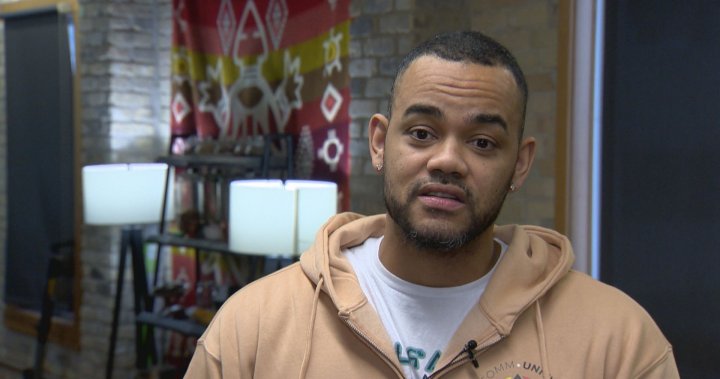Escalating Youth Violence in Inner Cities: A Call for Prevention and Support
Inner-city youth programs are witnessing a concerning resurgence in youth violence, raising alarm bells about the need for proactive interventions. Leaders of these programs, deeply embedded in their communities, observe this trend not just through anecdotal evidence but also through the lived experiences of the youth they serve. Patty Mainville, executive director of Rossbrook House, a long-standing safe haven for youth in Winnipeg’s Centennial neighbourhood, notes a palpable shift in youth behavior and a rise in unsettling incidents within the community. While Rossbrook House offers a respite from the harsh realities of the streets, the pervasive influence of drug use and its associated risks seep into the lives of these vulnerable young people. Disturbingly, some youth feel compelled to carry weapons for self-protection, a stark reflection of the escalating dangers they face in their neighborhoods. This perceived need for protection stems directly from the proliferation of drugs and the associated risk of robbery, underscoring the urgent need to address the root causes of this escalating violence.
While official police statistics present a somewhat mixed picture, the overall narrative points to a concerning trend. Data from the Winnipeg Police Service indicates a decrease in youth crime from 2018 to 2021, followed by an upward trajectory between 2021 and 2023. Although the absolute number of youth crimes in 2023 remained lower than in 2018, the proportion of violent crimes among these incidents increased significantly. This shift towards more violent offenses is particularly alarming and reinforces the observations of community leaders who witness the day-to-day struggles of these youth. The statistical data, combined with the firsthand accounts from those working directly with young people, paints a clear picture of a growing problem that demands immediate attention.
Daniel Hidalgo, founder and executive director of CommUNITY204, shares Mainville’s concerns. Having experienced the challenges of the foster care system firsthand, Hidalgo is intimately familiar with the vulnerabilities faced by marginalized youth. He believes the recent increase in youth violence is preventable and emphasizes the critical role of accessible resources in providing alternative pathways for young people. Hidalgo advocates for a comprehensive approach, ensuring that youth are surrounded by a network of support, offering them readily available options and empowering them to make positive choices. His organization strives to fill the gaps he experienced in his own youth, creating a safety net for vulnerable young people and providing them with the guidance and support they need to navigate challenging circumstances.
Hidalgo’s philosophy centers on the belief that no child is inherently "bad." He argues that negative behaviors often stem from a lack of support and opportunities, rather than an innate predisposition towards wrongdoing. He stresses the importance of understanding the underlying reasons behind youth violence, emphasizing that many young people are simply "under-supported and overlooked." This lack of support leaves them vulnerable to negative influences and increases their likelihood of engaging in risky behaviors. Addressing this underlying lack of support is crucial to preventing youth violence and fostering a sense of belonging and purpose among young people.
Both Mainville and Hidalgo pinpoint poverty as a significant contributing factor to youth crime. Living in poverty creates an environment of stress and desperation, making it difficult for young people to focus on positive pursuits. Basic needs, such as food, shelter, and safety, often take precedence over education, personal development, and community engagement. Hidalgo eloquently captures this reality, stating, "It’s really hard to engage in anything positive when you’re hungry or when you’re angry or where you’re cold.” This highlights the interconnectedness of social and economic factors and underscores the need for a holistic approach to addressing youth violence. Providing basic necessities and creating a sense of stability are essential first steps in empowering youth to make positive choices.
To effectively combat the rising tide of youth violence, Mainville and Hidalgo advocate for dedicated investment in preventative programs and resources. They believe that early intervention and consistent support are crucial for diverting young people from negative pathways and fostering a sense of hope and opportunity. Investing in youth programs, providing access to education and job training, and addressing the underlying issues of poverty and social inequality are essential steps in creating a safer and more supportive environment for young people. Only through a comprehensive and sustained effort can we hope to reverse the current trend and empower young people to reach their full potential.

